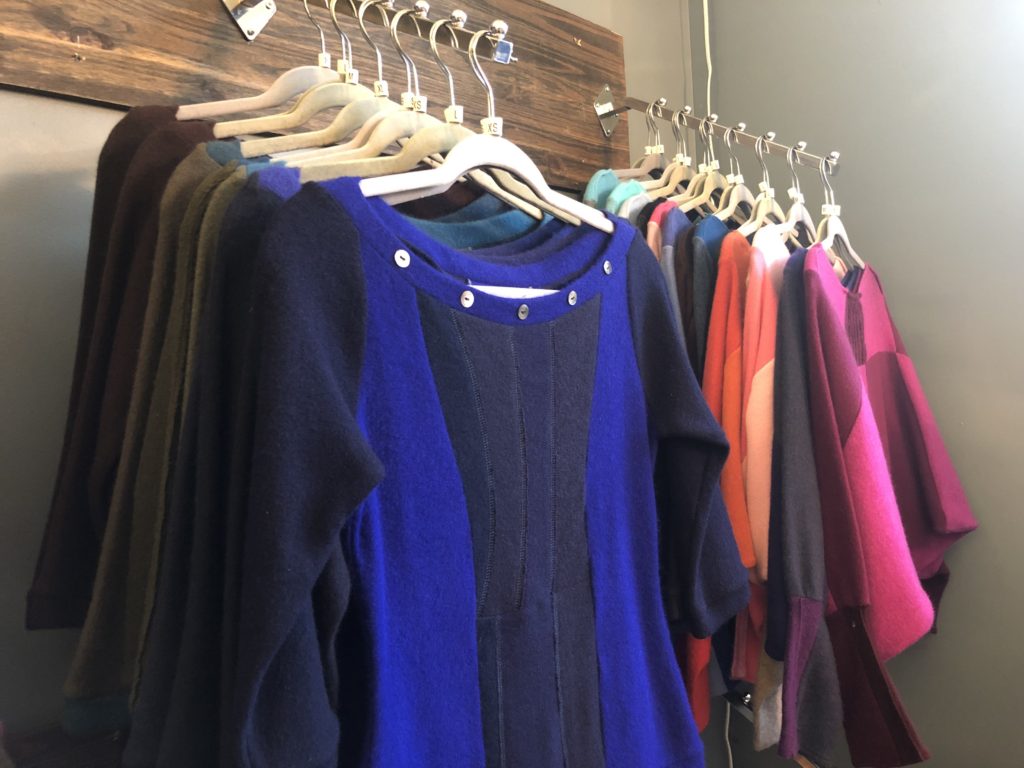Gentrification Improvement
What if “gentrification” did not have to be the dirty word it has become? What if the benefits of increased attraction and a rise in local property values could translate into a more robust, grounded community, still open to the diversity and the history that made it attractive in the first place?
We hosted a Green Drinks Albany event last week, and visited e-ko logic. This beautiful and successful local company engages in #slowfashion by reclaiming waste cashmere and creating gorgeous sweaters, dresses, and accessories. We toured, and learned, and chatted – it was a wonderful evening.

At one point the owner pointed out that the issue with gentrification, an issue that Troy, NY is now grappling with, is that the people moving in are not part of the community. They don’t seem to shop at the local stores at all. They bring in their money, but don’t spend it locally. They are excited about the area but undermine its success, inadvertently, by continuing to shop at Whole Foods, Trader Joe’s, Starbucks, and other chain or centrally owned and familiar but not locally-specific establishments. These actions have made gentrification a negative occurrence for many small cities and neighborhoods in larger ones.
Nature teaches us that local specificity along with diversity are strong components supporting resilience and longevity. How can you love a place without buying of that place? Don’t you remain, forevermore, a visitor? Or maybe even less than a visitor; Tourists usually eat local food and buy local products as part of the experience.

So how do we address this? We cannot celebrate gentrification if it kills off the culture of the place, or degrades the long-term economic viability of the community.
Some simple ideas:
- Realtors need to stop selling based on just bed count, square foot, and school district. Talking up the local #makers and businesses, as well as restaurants and service providers, can make home ownership more appealing and successful.
- Can each new lease or title include a listing of local stores?
- Can the Farmer’s Market, for example the one in Troy, reach out to entice new residents? How would that occur? Is there a list or an organization for that outreach?
- Maybe each community in the throes of gentrification should create a “new neighbor” information shop, aligned with the business district. Different than a Visitor Center, this would help to introduce people to their new home.
- Can the local stores offer a new neighbor deal to new residents? This could also work very well for new college students getting familiar with the area.
- As for college, these students are a wonderful way to increase connectivity. And possibly win life-long residents.
- And the new owners need to take some initiative as well. Why not taste, feel, breathe, smell, see, and hear what is local?
Why would you ever move to a place, and then destroy the appeal that enticed you to move there?
Be curious about your home, and be greener,
Jodi
Be the first to like this post (no login required)